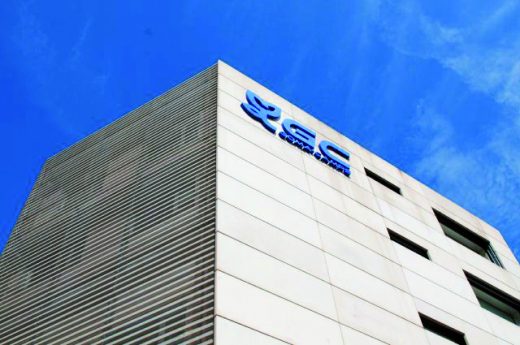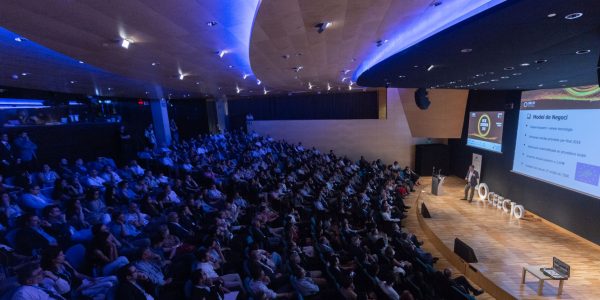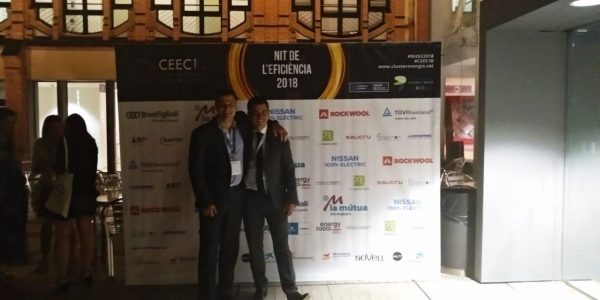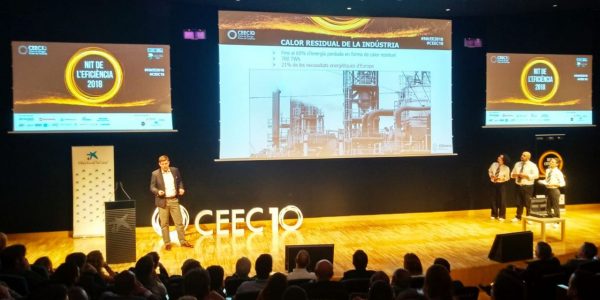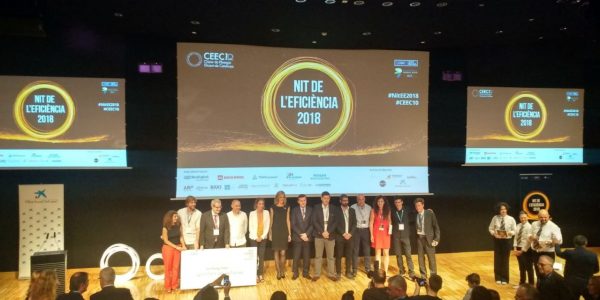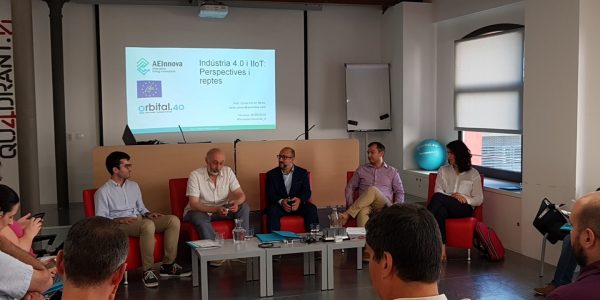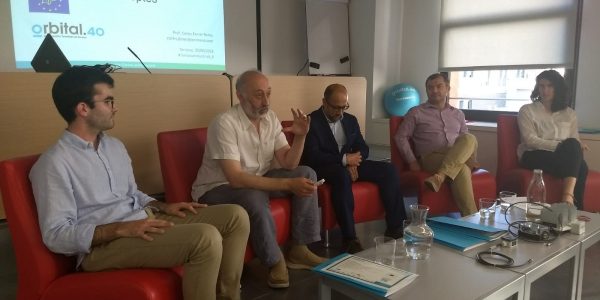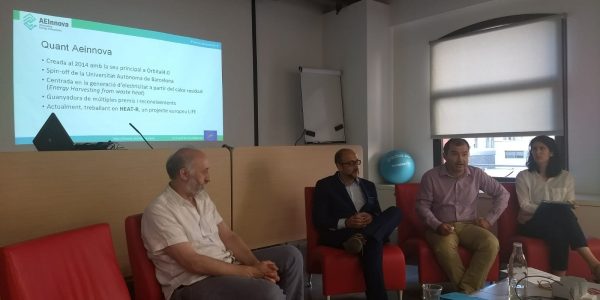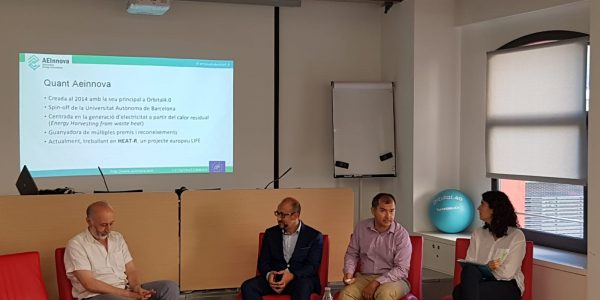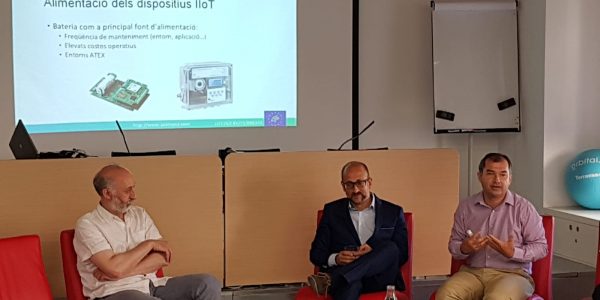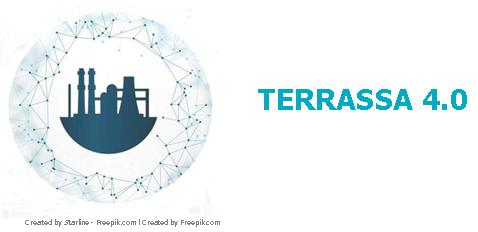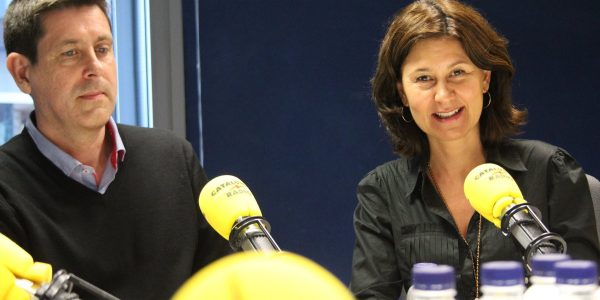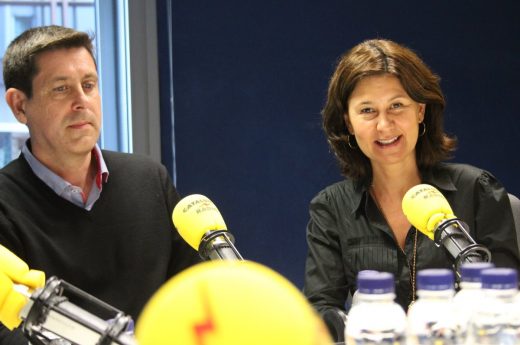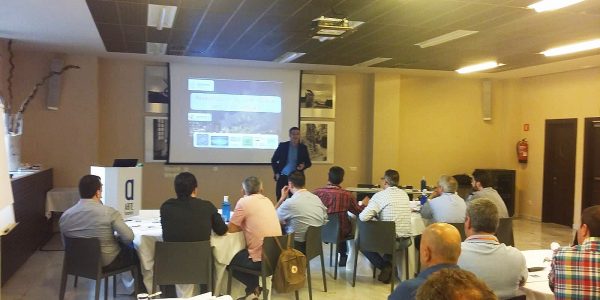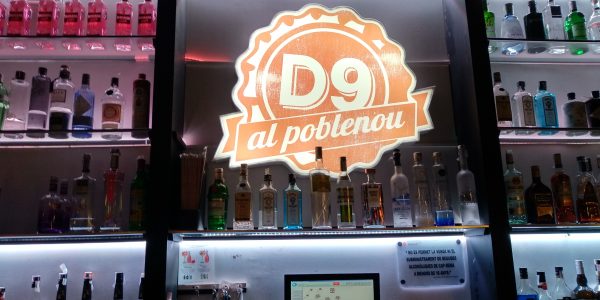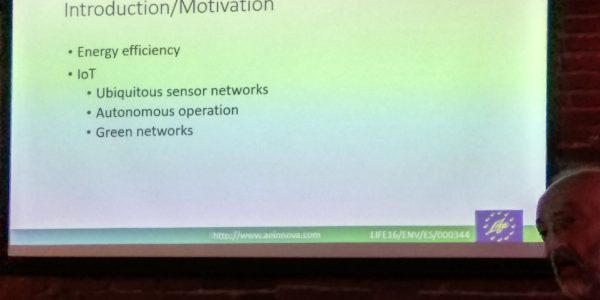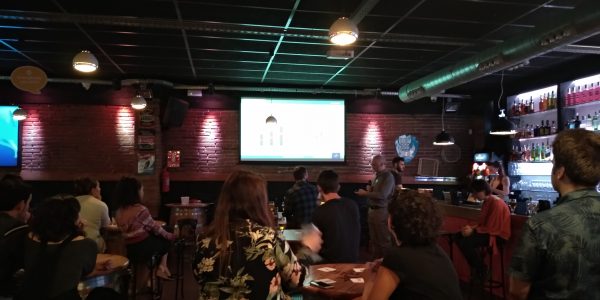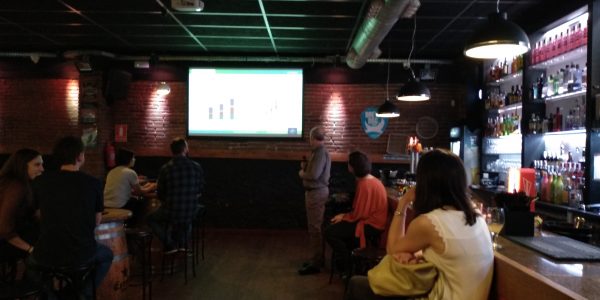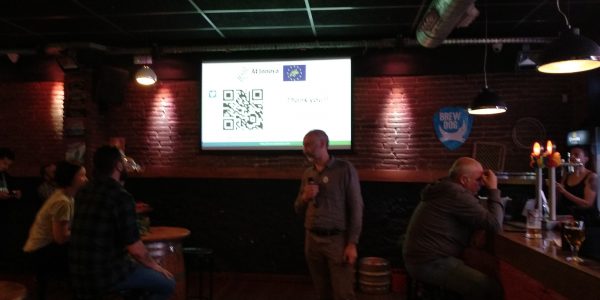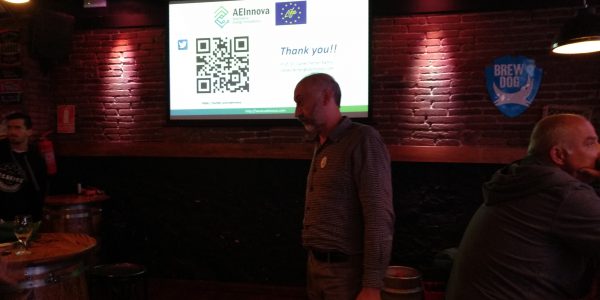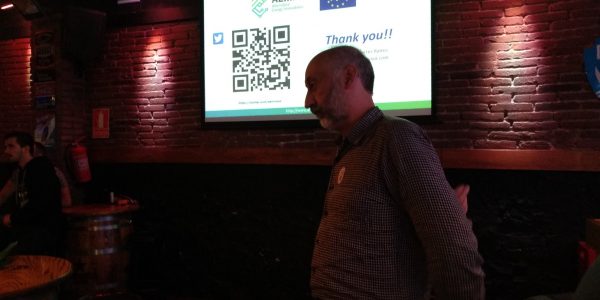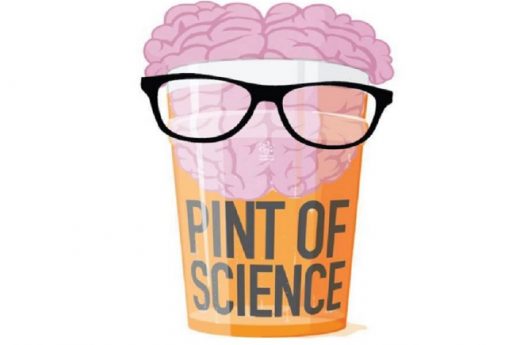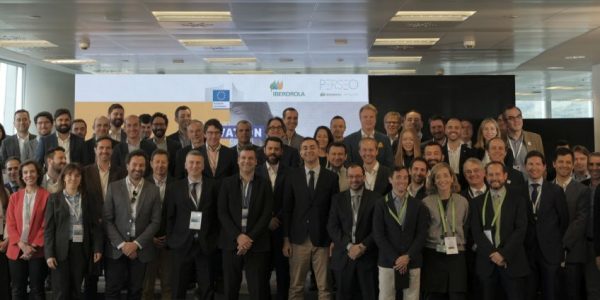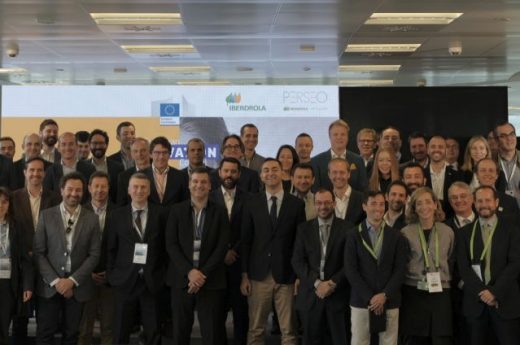In order to start a thermoelectricity project, it is important to have a physical visit to the facilities in order to determine the waste heat ranges and the temperature in addition to the installation of the WHRU system. The technical visit was made at the Gomà-Camps facility in La Riba (Tarragona) on July 9th, 2018.

Heat Source
In the paper industry, machines for drying tissue paper are provided with a hood that blows hot air at high speed against tissue paper, and a rotary dryer cylinder called Yankee partially covered by said hood. Tissue paper dries thanks to the combination of the drying cylinder that transmits heat by contact from the superheated steam that circulates inside and the hood that dries by heat and mass transfer.

The heat transmitted by the dryer cylinder is not enough to dry the paper. For this reason, the hood that injects air at about 450ºC over the cylinder is used.
The hood is divided into two parts, called respectively wet part and dry part.
In operation, the wet tissue band enters the dryer machine adhering on the surface of the Yankee cylinder for drying, in turn the hot air flows through the hood until it is applied against the cylinder to come into contact with the wet tissue band . In this way, as the cylinder rotates, the tissue band dries, passing first under the wet part of the hood and then under the dry part of the hood.
Each part of the hood has its own air circuit, so that each circuit comprises a motorized fan that blows air, which is heated by means of heating means before entering the corresponding part of the hood.
The hood extracts evaporated water from the paper. This vapor is concentrated in the circulating air so a quantity of air must be purged outside. To compensate for it, fresh air must enter from outside. The hood respectively includes an air supply inlet for the wet part and an air supply inlet for the dry part. The part of the hood on the Yankee cylinder comprises on its outer surface a plurality of openings that communicate with the inside of the hood. Some openings give way to blown air and others recover moist air.
From both parts of the hood, wet and dry, a portion of air, the exhausted one, is extracted in order to maintain a humidity of 55%.
In GOMÀ-CAMPS tissue paper manufacturing facilities in La Riba there are two machines for drying tissue paper: drying machine No. 5 and drying machine No. 6.
Measurements in drying machine No. 5
In the drying machine nº 5, 3 points were analyzed:
Point 1


| Name |
Average |
Min |
Max |
Emissivity |
Standard Deviation |
| Point 1 |
82,53°C |
54,05°C |
149,93°C |
0,98 |
23,86 |
Point 2


| Name |
Average |
Min |
Max |
Emissivity |
Standard Deviation |
| Point 2 |
99,49°C |
55,81°C |
161,28°C |
0,98 |
24,95 |
Point 3


| Name |
Average |
Min |
Max |
Emissivity |
Standard Deviation |
| Point 3 |
86,45°C |
33,42°C |
241,73°C |
0,98 |
65,27 |
Measurements in drying machine No. 6
In the drying machine nº 6, 5 points were analyzed:
Point 1


| Name |
Average |
Min |
Max |
Emissivity |
Standard Deviation |
| Point 1 |
40,43°C |
26,22°C |
143,21°C |
0,98 |
22,75 |
Point 2


| Name |
Average |
Min |
Max |
Emissivity |
Standard Deviation |
| Point 2 |
63,57°C |
52,23°C |
86,12°C |
0,98 |
7,69 |
Point 3


| Name |
Average |
Min |
Max |
Emissivity |
Standard Deviation |
| Point 3 |
58,20°C |
37,32°C |
175,06°C |
0,98 |
12,96 |
Point 4


| Name |
Average |
Min |
Max |
Emissivity |
Standard Deviation |
| Point 4 |
66,46°C |
38,90°C |
187,77°C |
0,98 |
27,42 |
Point 5


| Name |
Average |
Min |
Max |
Emissivity |
Standard Deviation |
| Point 5 |
108,12°C |
43,83°C |
185,42°C |
0,98 |
40,99 |
Conclusion
After analyzing all the data obtained and the physical spaces, the most appropriate points for the installation of WHRU units are:
1) Piping of the combustion gases of the drying machines nº5 and nº6: the starting temperature of the combustion gases would be around 200-220 ° C.
2) Hot air pipe to the hoods (dryer hood).
This option number 2) was posed to the meeting but it would be an option to discard because the pipe where the WHRU unit would be installed does not respond to the requirement of being a pipe with residual heat.
Therefore, the installation of the WHRU prototype is proposed in one of the gas pipes of the exit of the drying machines. For cooling the WHRU, water can be available at 14-20 ºC.
























